 "ttyymmnn" (ttyymmnn)
"ttyymmnn" (ttyymmnn)
04/27/2015 at 10:05 • Filed to: planelopnik history, planelopnik
 2
2
 0
0
 "ttyymmnn" (ttyymmnn)
"ttyymmnn" (ttyymmnn)
04/27/2015 at 10:05 • Filed to: planelopnik history, planelopnik |  2 2
|  0 0 |
This is today’s Planelopnik History Speed Round , getting you caught up on milestones and important historical events in aviation from April 25 to April 27.
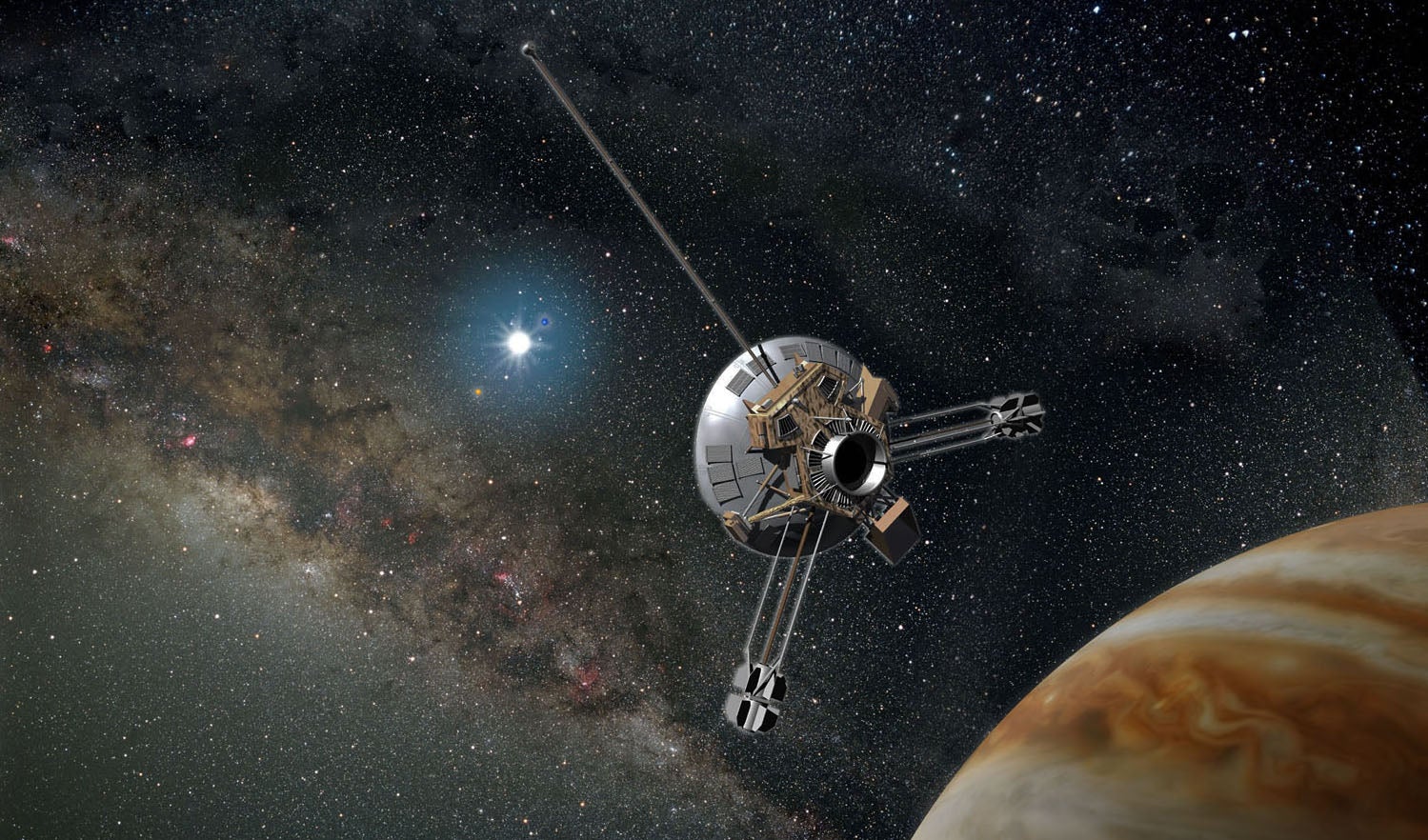
April 25, 1983 – NASA’s
Pioneer 10
probe flies past the orbit of Pluto.
After completing the first mission to Jupiter,
Pioneer 10
continued on its journey out of our solar system and crossed the orbit of Pluto, which at the time was still classified as a planet. However, it still had not left the solar system. Pluto’s irregular orbit meant that it was closer to the Sun than Neptune at that point. But on June 13, 1983,
Pioneer 10
passed the orbit of Neptune and officially became the first man-made object to leave the solar system. By September 9, 2012,
Pioneer 10
was predicted to be about 10 billion miles from the Sun, traveling at about 26,930 mph, and heading for the constellation Taurus. At that distance, sunlight takes almost 15 hours to reach the probe. Its trajectory will take it in the general direction of the star Aldebaran, about 68 light years away. If Aldebaran had a zero relative velocity, Pioneer 10 would take more than 2 million years to reach it.
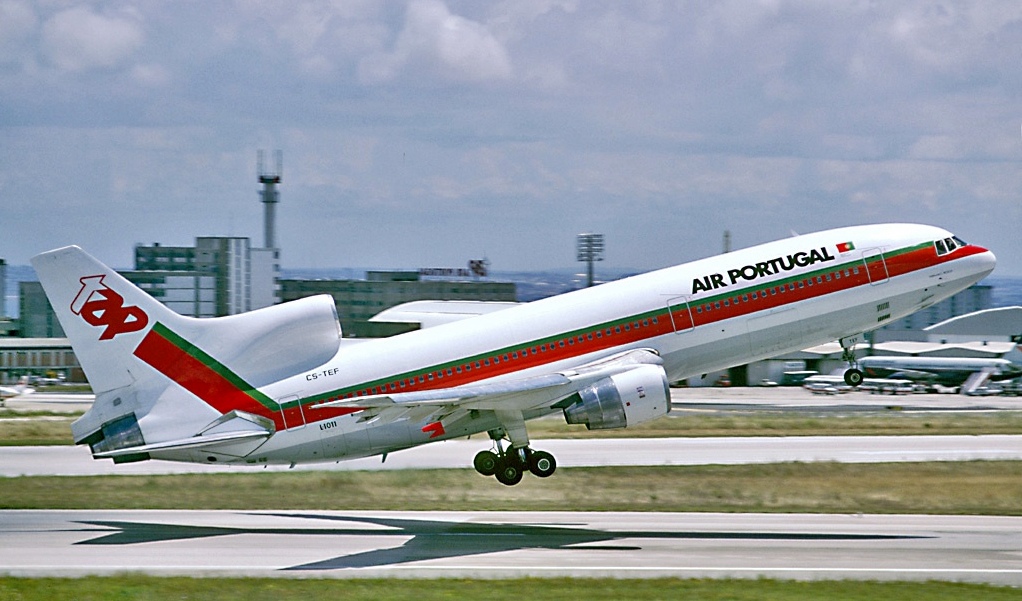
April 26, 1970 – The introduction of the Lockheed L-1011 TriStar.
In order to compete with the Boeing 747 and the McDonnell Douglas DC-10, Lockheed introduced the TriStar, the third widebody airliner to enter commercial service, carrying up to 400 passengers with a range of over 4000 miles. The TriStar was originally planned to have only two engines, which would have made it first of the widebody twin-jets that are common now, but a third engine was added to allow it to operate from existing runways. The TriStar’s advanced autopilot made it the first widebody to receive an FAA Cat-IIIc autolanding certification, meaning it could perform completely blind landings in zero visibility using the autopilot alone. A total of 250 TriStars were built, but only 11 are still in service today.
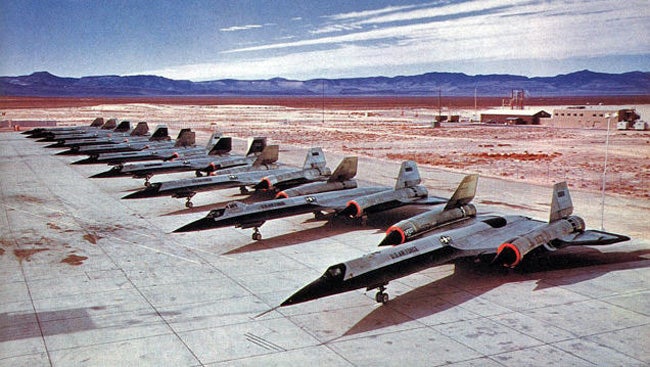
April 26, 1962 – The first flight of the Lockheed A-12. In 1957, Lockheed began developing an aircraft to replace the vulnerable U-2 and take over the job of spying on the Soviet Union. In addition to making a plane that flew high and fast, Lockheed also experimented with technologies to reduce the aircraft’s radar signature, the precursor to today’s Stealth technology. The result of those studies led to the development of the single-seat A-12, codename Oxcart . With a ceiling of 95,000 feet and maximum speed of Mach 3.5, the A-12 could outperform its derivative, the SR-71 Blackbird, though the SR-71 was a more capable platform. The A-12 was produced from 1962 to 1964, and was in operation from 1963 until 1968.
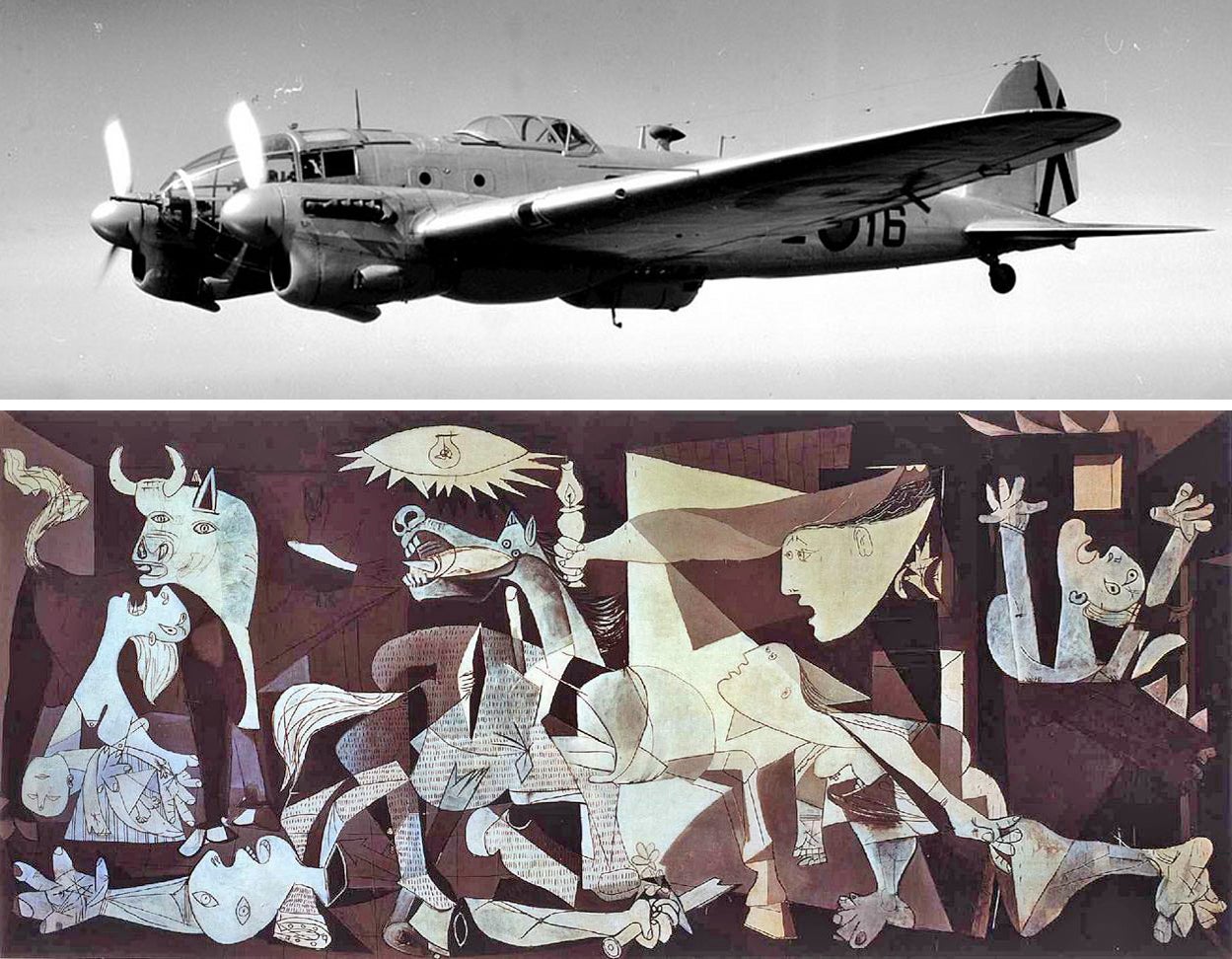
April 26, 1937 – Luftwaffe bombers of the Condor Legion bomb the Spanish city of Guernica.
In 1936, civil war broke out in Spain between the Nationalists and the Republicans. The Nationalists turned to Germany and Italy for aid, and both countries provided troops and war materiel, and the Luftwaffe saw the conflict as an opportunity to hone the strategies of aerial warfare that they would need for the upcoming invasion of Europe. Acting on the request of the Nationalist government, Germany’s Condor Legion bombed the defenseless civilian population in what is considered the first act of its kind. Whether the Germans intended it or not, Guernica was the first instance of terror bombing as an effort to break the will of the enemy.
During the German occupation of Paris in WWII, Pablo Picasso reportedly passed out photographs of his famous
Guernica
painting (above) to German soldiers. When they asked him, “Did you do this?” he replied, “No. You did.”
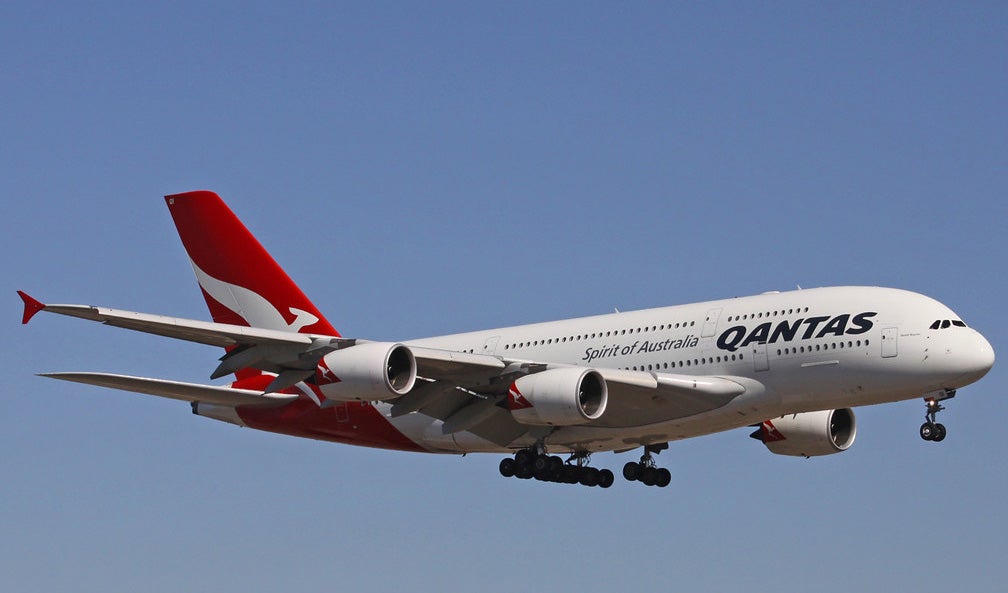
April 27, 2005 – The first flight of the Airbus A380.
In 1988, Airbus engineers began a study into the feasibility of what they termed the Ultra High Capacity Airliner in order to compete directly with the Boeing 747. After considering a side-by-side configuration using a pair of A340 fuselages, they settled on the double-decker configuration. The A380 can seat 525 passengers in a three-class configuration, or as many as 853 in an all-economy arrangement (The Boeing 747-800 can carry 467 or 605 respectively). With a range of 8,500 nautical miles, flights from Dallas to Sydney are possible. As of March, 2015, 156 A380s had been built, but the projected number needed to break even has risen to 420. Despite rumors to the contrary, Airbus remains dedicated to the A380, with 317 firm orders as of January 2015.
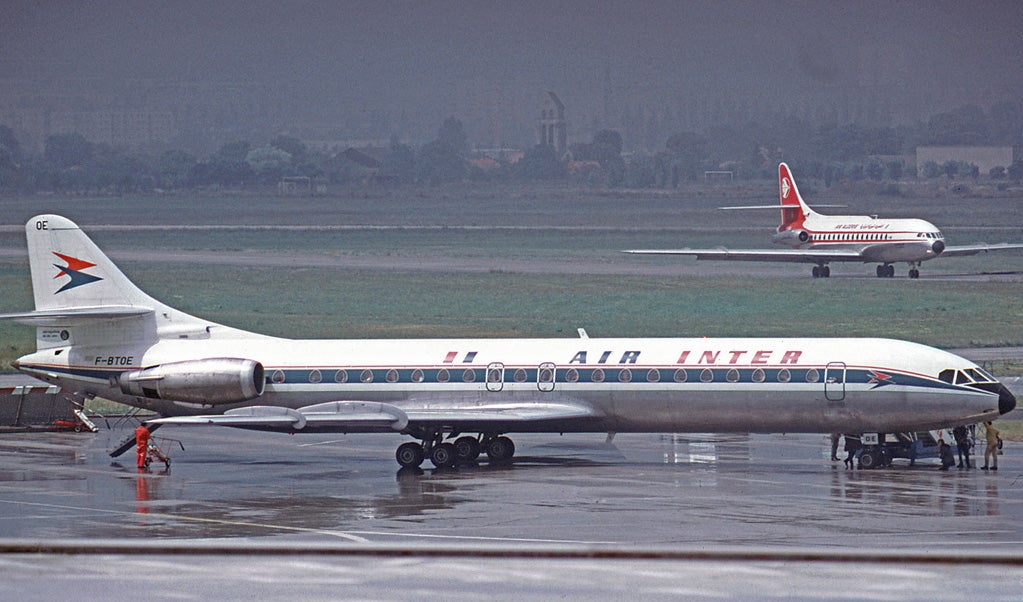
April 27, 1955 – The first flight of the Sud Aviation Caravelle. Introduced in 1955, the Caravelle was the first short to medium range airliner in the world, and one of the most successful European first-generation jetliners. Its aft-mounted engines and clean-wing design heavily influenced future airliner designs. Introduced in 1959 with Scandinavian Airlines, the Caravelle served with airlines all over the world, including United Airlines, which operated 20 aircraft. A total of 282 were built, and the last Caravelle was retired in 2004.